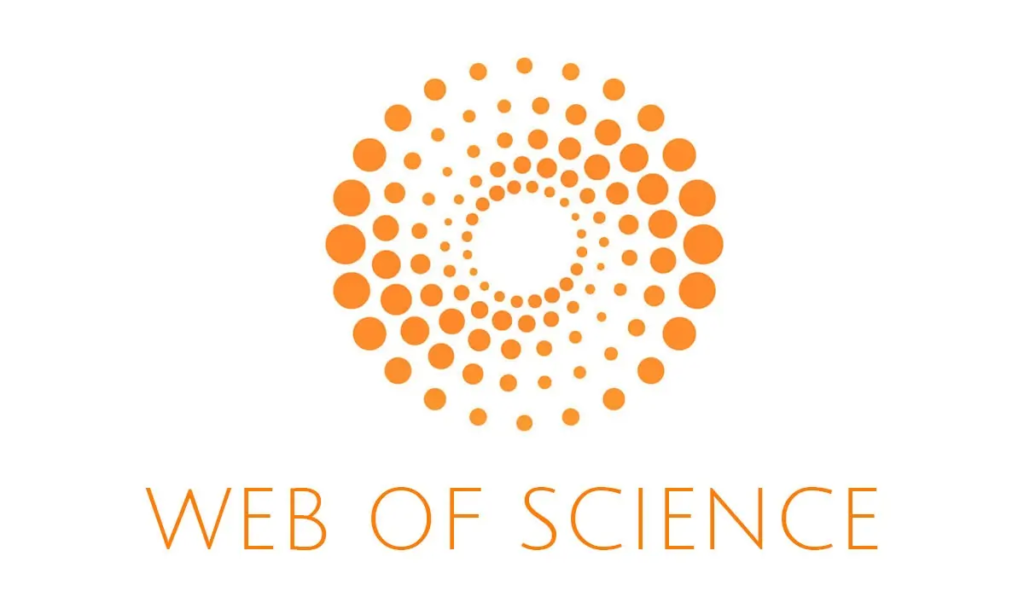The suspension of the largest journal from the MDPI publishing group by the ISI has arrived. It is time for serious combat against mega-journals.
Recently, the ISI has removed the indexed journal International Journal of Environmental Research and Public Health (IJERPH; published by the large MDPI publishing group) from its list. This means that IJERPH no longer has an impact factor. Why is this very important news? What are the consequences of this removal for the journal, its authors, the publishing world, and other mega-journals?
The news was very shocking: “WoS has announced several removal lists with the aim of keeping the publishing section clean.” This means that the IJERPH impact factor, along with 50 other journals, will be lost, and this is a huge shock to authors who intended to publish in one of the world’s reputable journals with large amounts of money. This news has caused a major economic shock to almost all publishers worldwide, from Elsevier to Hindawi, as all the journals of these publishers have been suspended from the list of 50 journals. The list of these journals can be seen in this Google Sheet. Therefore, many IF journals are losing their place, including two important and great journals (MegaJournal) from MDPI publications, including their largest journal, IJERPH. What is MegaJournal? So far, the IJERPH journal has published 17,085 articles in 2022, which is 13 times more than in 2016, when it published 1,318 articles. The average delivery time from submission to acceptance, including revisions, is 41.5 days, which is a 36% decrease from 62 days in 2016. The rejection rate is 45%, which has decreased from 57% in 2016. With over 4k articles published in 2023, the journal is still growing exponentially. IJERPH also has 3099 (!) special issues open for 2023, with more than 8 issues per day. These are huge numbers and make IJERPH one of the largest open access journals in the world. So now you know why this news is so big.
The second-largest journal in the world has recently lost its impact factor. But why does this matter? First, it matters to MDPI. Mega journals are usually not chosen because of their strict editorial policies (accepting more than 50% within 1 month with review or revision), but because they give you a popular scientific metric, i.e., publishing in a “high IF.” Second, you may think that IJERPH is one of the few rare cases that has been removed from the list. But you are wrong. This journal did not make a big mistake in its removal process from ISI. In fact, many large journals may suffer from this disease or falling syndrome. Thus, a progressive increase in articles, quick peer review of articles, and a low rejection rate can lead to this. Therefore, while a handful of mega-journals have been removed from the ISI list to date, this is a serious warning sign for this publishing business model. Perhaps it’s time to jump off the ship. But why is it important for scientists? A flawed education system requires researchers to publish many articles with a high IF. On the other hand, these mega-journals actually make this easy for us (for a few thousand dollars). Therefore, OA mega-journals offer you a 50% chance of high IF publication in less than a month, which you can add to your CV. But in reality, our publishers lured us, and we happily followed them – spending millions of dollars in APCs in this process. In the end, everything is lost overnight. Removing such a large journal is clearly a sign. You may deceive some people sometimes, but you cannot always fool everyone. So when you open 56,000 special issues in a journal like IJERPH in a year, you probably can’t publish that number of good (or even decent) articles there. This is the same simple point that was noticed in WoS, and they first went after the largest fish.
Editing More than 200,000 Words a Day
Send us Your Manuscript to Further Your Publication.








Is ChatGPT Trustworthy? | Rovedar | Scoop.it says:
ChatGPT vs. Human Editor | Rovedar | Scoop.it says:
Enhancing Your Assignments with ChatGPT | Roved... says: